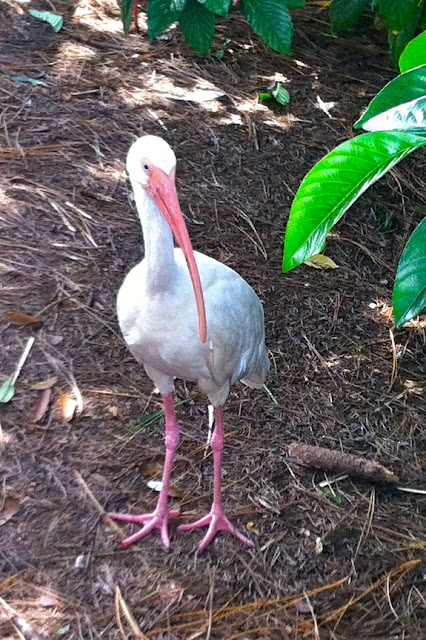 |
| Agate Fossil Beds |
Unearthed in the panhandle that is western Nebraska, the Agate Fossil Beds are a fascinating monument documenting ancient history. From the associated museum, a steep, 3-mile trail leads up to Fossil Hills where the old dig site can still be seen.
At the end of the dinosaurs, 65 million years ago, this area was a tropical lowland and mammals began to emerge. Volcanic activity was intense and a range of mountains started to form in the west while the climate became cooler and drier, transforming the region into a great savanna where immense herds of animals grazed on lush grasses.
Common species on the prairie were Palaeocastor - a dry land beaver, Moropus - a distant relative of the horse, Menoceras - a three-foot-tall rhino and Stenomylus - a tiny gazelle-camel. Carnivores evolved to prey on these plains-dwellers the most notorious of which were Daphoenodon - a fearsome beardog and Dinohyus - a terrible hog endowed with bone-crushing teeth enabling it to scavenge the remains of other grassland animals.
Millions of years later and the mature Rocky Mountains were a barrier blocking moist air from reaching the broad plains. It wasn’t long before the high steppe became distressingly arid, causing vegetation to wither and water sources to evaporate.
About 20 million years ago a severe drought ravaged the vicinity and thousands of creatures, gathered around the pitiful water holes, perished from starvation. The countless skeletal remains produced bone beds that were soon buried in a mixture of silt, sand, ash and water.
By the 1880s wind erosion had begun to reveal the carnage and rancher James Cook discovered a few petrified bones protruding conspicuously from the earth on his property. Academics were notified and the site became a sensational paleontological discovery.
Thousands upon thousands of fossils were retrieved, catalogued, studied and pieced together, enlightening scientists with a plethora of valuable information about the Miocene Epoch. The field work is presently discontinued so visitors with the fortitude to make the hike up the hill have virtually unlimited access to the remarkable bone beds.
The trek begins by crossing a skinny ribbon of blue water known as the Niobrara and ascends the treeless slopes to the summit. It’s super hot in the summer but it’s worth the effort because the valley view from the top is distinguished by unsurpassed beauty.
The literal sea of grass is broken by coulees, ravines, draws and eroded cliffs that resemble pinnacles, spires and turrets. It’s not long before the extreme isolation and expanse of awesome landscape begin to instill feelings of precarious vulnerability. It truly is a land that time forgot.
 |
| Fossil Hills |
 |
| Niobrara River |
 |
| A vast grassland |
 |
| Hiking to the summit |
 |
| Agate Fossil Bone Bed |
 |
| A sensational discovery |
 |
| A sea of grass |
 |
| Thousands of fossils were retrieved |
 |
| Erosion revealed the bones |
 |
| Unsurpassed beauty |
 |
| Land that time forgot |















Comments
Post a Comment